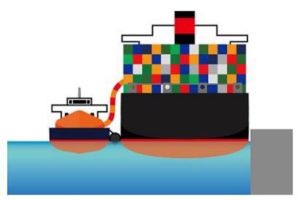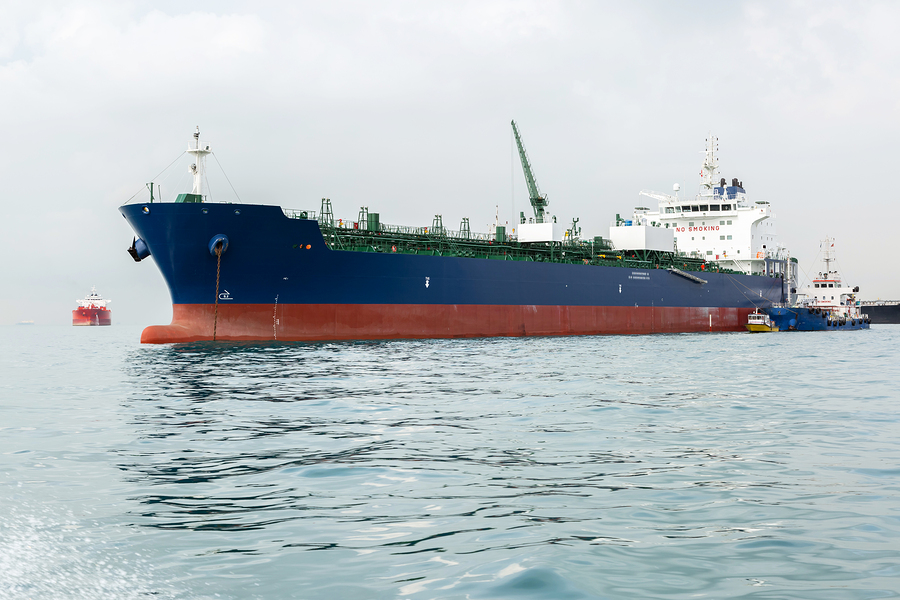PRESS RELEASE: Kawasaki Kisen Kaisha, Ltd. (Head office: Chiyoda-ku, Tokyo; President & CEO: Eizo Murakami; hereinafter “K” Line), Chubu Electric Power Co., Inc. (Head office: Higashi-ku, Nagoya; President & Director: Satoru Katsuno; hereinafter Chubu Electric Power), Toyota Tsusho Corporation (Head office: Nakamura-ku, Nagoya; President & CEO: Ichiro Kashitani; hereinafter Toyota Tsusho), and Nippon Yusen Kabushiki Kaisha (Head office: Chiyoda-ku, Tokyo; President: Tadaaki Naito; hereinafter NYK Line) jointly announce that the four companies have agreed to launch the LNG Bunkering business in Japan and have established two joint ventures1 today.
LNG is expected to become an important alternative to heavy fuel oil due to its low emission rate2 of air polluting substances and greenhouse gases, which will enable ships to meet increasingly stringent international regulations on emissions.
As per the announcement on January 26, 2018, the four companies have been in joint discussions on the commercialization of LNG Bunkering Business in the Chubu (central region) of Japan. The four companies have now agreed to launch the business, and today established two joint ventures to run the LNG Bunkering Business. Going forward, each of the four companies will utilize the expertise and strengths that they each possess to propel the “Ship-to-Ship Bunkering3” business.
1 Overview of the newly established joint ventures
| – | Corporate name : | |
| 1. | Central LNG Marine Fuel Japan Corporation | |
| 2. | Central LNG Shipping Japan Corporation | |
| – | Shareholders : | |
| “K” Line, Chubu Electric Power, Toyota Tsusho, and NYK Line | ||
| – | Business content: | |
| 1. | LNG Bunkering Business | |
| 2. | Ownership of the LNG Bunkering Vessel | |
| – | Date of establishment : | |
| May 10, 2018 | ||
2 Merits of LNG
Compared to heavy fuel oil, the use of LNG can reduce emissions of sulfur oxides (SOx) and particulate matter (PM) by approximately 100%, nitrogen oxides (NOx) by as much as 80%, and carbon dioxide (CO2) by approximately 30%.
3 Ship-to-Ship Bunkering
A method of bunkering where an LNG Bunkering vessel comes alongside an LNG Fueled vessel to supply LNG at different locations such as along the quayside, pier or at anchor.


































